The Indigenous Caucus is comprised of the Indigenous members of the Indigenous Advisory and Monitoring Committee (the “Committee” or “IAMC”) for the Trans Mountain Pipelines and Marine Shipping (“TMX”). The IAMC was intended to operate for the life of the TMX project. Federal funding for the IAMC has been secured until March 31, 2027.
The current Indigenous Caucus’ mandate will expire on March 31, 2025. The communities affected by TMX will have the opportunity to select a representative for the Indigenous Caucus member for the next term: April 1, 2025 – March 31, 2027. The Indigenous Communities are invited to participate in the upcoming process for the selection of Indigenous Caucus members.
The 13-member Indigenous Caucus includes representatives from:
- Alberta First Nations (3 representatives)
- Alberta Métis (1 representative)
- BC Interior (1 representative)
- BC Métis (1 representative)
- Burrard Inlet/Lower Fraser (1 representative)
- Fraser Valley (1 representative)
- Mid-Fraser/Thompson (1 representative)
- Okanagan (1 representative)
- Vancouver Island – South (1 representative)
- Vancouver Island – Southeast (1 representative)
- Vancouver Island – Western Approach (1 representative)
Background on the Committee
The Committee was established in 2017.1 The Committee brings together six senior representatives from federal government departments and regulators who are involved in the TMX Project,2 and thirteen Indigenous representatives, selected from among the 129 potentially impacted communities along the Trans Mountain Expansion pipeline corridor and marine shipping lanes, to provide advice to regulators and to monitor the Trans Mountain Expansion.
Committee Members have a shared goal of safety and protection of environmental and Indigenous interests in the lands and water. The Committee’s activities center on advice and
monitoring on the safety, environmental and socio-economic aspects of the existing and proposed pipeline and associated marine shipping. The Committee is also working to seek regulatory change, arising from their experience in the IAMC-TMX project.
The Role of Indigenous Caucus
A key component of the Committee is the thirteen-member Indigenous Caucus, which works to bring issues of concern from Indigenous communities to the work of the Committee. The structure of the Committee, on which the Indigenous Caucus comprises a majority of members, allows Indigenous Caucus to play a deciding role in setting the agenda and priorities of the Committee.
The Committee meets at least quarterly, and more frequently as agreed to by the Committee. The Committee has several subcommittees and working groups to support its work, including Indigenous Monitoring, Marine Shipping, Socioeconomic and Emergency Management. Indigenous Caucus members sit on these subcommittees and working groups.
The time commitment for Indigenous Caucus members can vary, depending on what responsibilities Indigenous Caucus members take on. Some Indigenous Caucus members dedicate the majority of their time to Caucus work, whereas others contribute their valuable insights through participation in more targeted projects and initiatives.
It is important that Indigenous Caucus Members have sufficient time and ability to participate in Committee meetings and in sub-committee work, and that Indigenous communities trust the Indigenous representatives of their region to advance their interests and perspectives. Indigenous Caucus members are compensated for their participation in the IAMC through honoraria and travel expenses covered by the Caucus.
Proposed Selection Process
The Committee’s Terms of Reference (“TOR”) require that Indigenous Caucus develop methods for the selection of members of the Caucus and that it initiates a process for Indigenous Communities to determine how members of the Caucus will be selected, and the terms for those Caucus members going forward.
JFK Law Corporation will administer the selection process of Indigenous Caucus members.
We wish to facilitate a transparent and flexible selection process that can be tailored for each region, to allow each region to select members in a manner that suits that region.
Selection by Consensus
If a region is able to select a representative by consensus, then this approach may be pursued. A consensus, for instance, may be a Tribal Council Resolution, a signed letter of support from elected Chiefs of a majority of Indigenous communities in the region, or another approach that reaches consensus. If your region is able to select a representative by consensus before the end of the nomination period, then the name of the representative and supporting material demonstrating consensus should be communicated to Maya Ollek by email at mollek@jfklaw.ca as early as possible and by no later than 10:59pm PST/11:59pm MT on March 3, 2025.
Nominations
JFK will receive nominations for the position of Caucus member for your region up to 10:59 pm PST/11:59 pm MST on March 3, 2025. Nominations must be sent by email to Maya Ollek by email at mollek@jfklaw.ca. Nominations must include the candidate’s name, First Nation, and a brief statement of interest. Candidates may nominate themselves.
Next steps
If more than one nomination is received by March 3, 2025, or if no consensus is reached for a regional representative before that date, JFK Law will reach out to each region regarding next steps to evaluate what other selection processes may be followed, up to and including an election. If a further selection process is required, each community will be entitled to one regional representative selection vote
If you have any questions, please contact JFK Law (Maya Ollek) by email at mollek@jfklaw.ca or by phone at 778-819-3853.
- More information about the Committee is available on its website (Home – IAMC-TMX) and the Terms of Reference (IAMC-TMX TERMS OF REFERENCE, AMENDED SEPTEMBER 2021 – IAMC-TMX). ↩︎
- Natural Resources Canada; Canada Energy Regulator; Transport Canada; Fisheries and Ocean Canada; the Canadian Coast Guard; and Environment and Climate Change Canada ↩︎





















